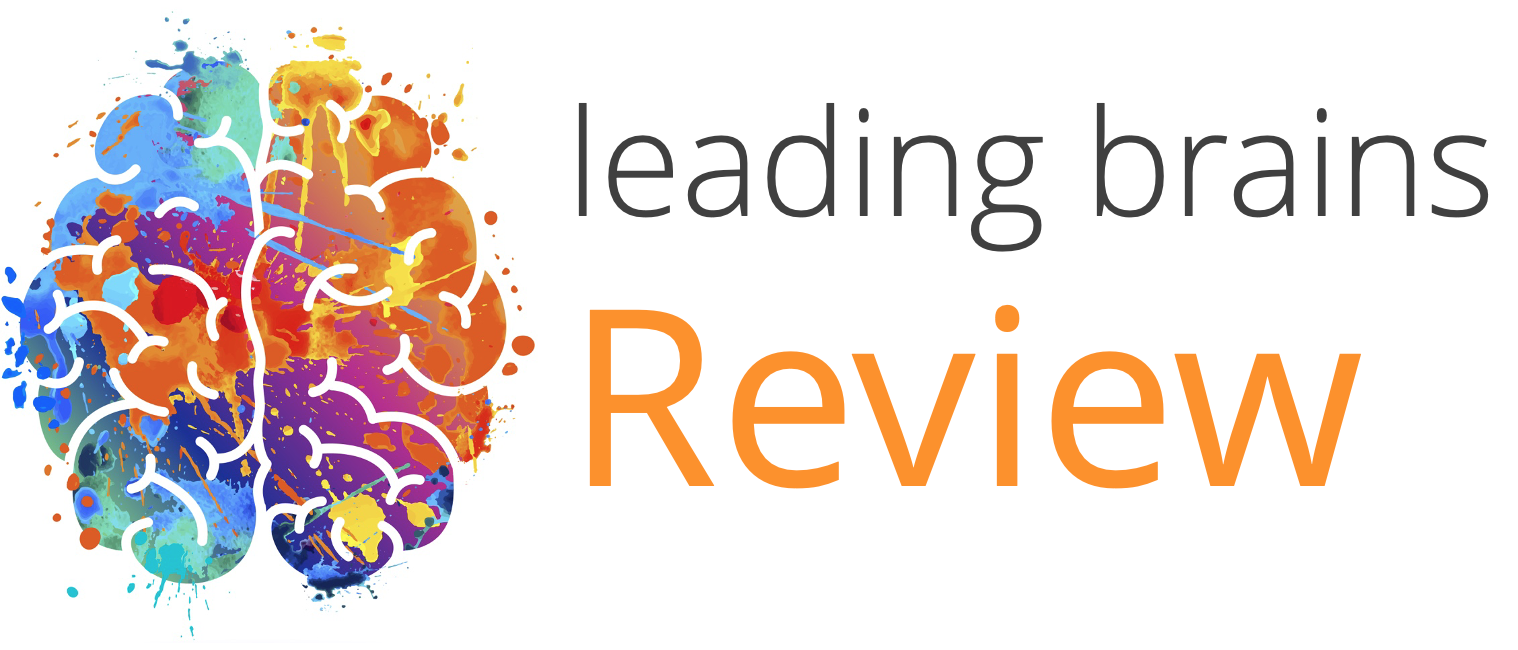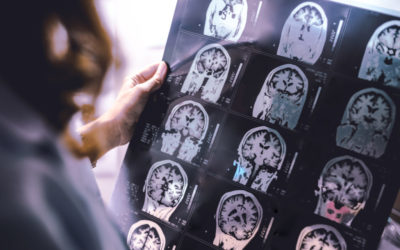Quick Hits
Daily brief research updates from the cognitive sciences

Those who have followed my writing and articles will know that this is a question that comes up regularly. Just what is different to human brain compared to other species?
The simple answers tend to be partly true but there are multiple answers and they don’t individually explain everything.
For example, we know that our prefrontal cortex – that part of the brain behind your forehead – is particularly large and developed in human beings. We also know that the regions between our cortices are larger in human beings and seem to be involved in many higher-order thinking processes. We also know that relatively speaking our small brain, the cerebellum that sits at the back of our head, is much larger in human beings.
That is just on size of regions but I also reported previously on a mysterious type of brain cell called Von Economo neurons. So mysterious that only one recording of this cell has been measured. These seem to be present in some species with higher intelligence such as chimpanzees, elephants, and dolphins.
Is there anything else?
Well, this is what these researchers around Shaojie Ma of Yale University set out to explore.
For this they focused on a region called the dorsolateral prefrontal cortex because this is unique to primates. They then conducted single cell RNA analysis of hundreds of thousands of cells from humans, chimpanzees, macaques, and marmoset monkeys.

This technique allows much more refined categorisation of cells and can measure genetic differences between cells that may look similar. And I’m sure you will want to know what they found.
They found 109 types of cells that are shared between all primates. Five were not present in all species (only!). One was unique to human beings and chimpanzees, and one was unique to humans only. This was a glial cell – glial cells are considered “helping” or “supporting” cells but have many critical functions in the brain. This seems to be associated with brain upkeep.
The other surprise was they also discovered the FOXP2 gene in this glial cell. A surprise because this gene is associated with language development and is unique to human beings. Various forms of this are also associated with various human conditions such as autism and schizophrenia.
This piece of research is particularly interesting – these techniques open up many more avenues and unprecedented levels of detail of the differences in brains. They also open up new avenues and new mysteries!
So here we can quantify another specific difference in human brains related to glial cells and the FOXP2 gene but this also begs the question – what precisely does FOXP2 do and can this glial cell really make a difference? But then again as I said there are other factors that make human brains different, and it is the combination of these which gives us our unique differences.
But as with the FOXP2 gene when things don’t go according to plan it can also break things and give us our very human disorders also.
But knowing this can also lead us to clearer explanations and solutions – I am watching the space carefully!

Andy Habermacher
Andy is author of leading brains Review, Neuroleadership, and multiple other books. He has been intensively involved in writing and research into neuroleadership and is considered one of Europe’s leading experts. He is also a well-known public speaker, speaking on the brain and human behaviour.
Andy is also a masters athlete (middle distance running) and competes regularly at international competitions (and holds a few national records in his age category).
Reference
Shaojie Ma, Mario Skarica, Qian Li, Chuan Xu, et al.
Molecular and cellular evolution of the primate dorsolateral prefrontal cortex.
Science, 2022
DOI: 10.1126/science.abo7257
More Quick Hits
Brain Scans Can Predict Your Political Affiliation
Quick HitsDaily brief research updates from the cognitive sciences rain scanning of political partisans is not new and it has long been reported that brain scans can predict political affiliation. But those studies were scans of political partisans...
Children with Same-Sex Parents Are Socially Well-Adjusted
Quick HitDaily brief research updates from the cognitive sciences his is not the first study to report that children of same-sex parents are well adjusted, there are plenty, but it is one of the first to be representative and hence gives some...
Simple Exposure to New Things Makes Your Brain Ready to Learn
ouldn’t it be great if we could learn things with no effort? Well, actually we often do, and children learn vast quantities of information, and knowledge with little to no effort – think of how well we learn languages which become fiendishly...
So, Can Cranberries Improve Memory?
tend to be hesitant to report on studies of single foods doing amazing things (because many do), but this piece of research still caught my eye. So, what did this group of researchers from the University of East Anglia find? Well, they...
The Real Problem with Social Media: It Induces Dissociative States
Quick HitsDaily brief research updates from the cognitive sciences ocial media seems to hijack our brains – or at least according to popular narratives. Most of us have experienced this where you get stuck in an endless stream of content,...
Adventurous Play Boosts Mental Resilience in Kids
o, a simple cheap way to help your kids improve all life skills and strengthen mental wellbeing. Too good to be true? Well, this piece of research, just out, finds a fascinating correlation with mental health and kids. This correlation was...






